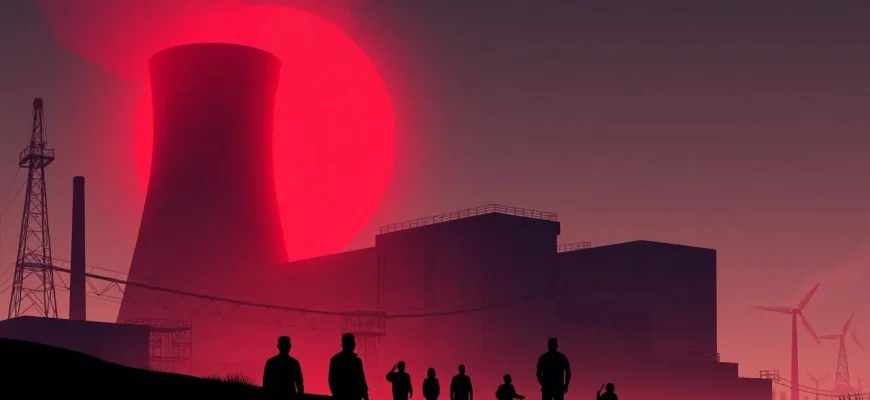In an era where technology is both our greatest ally and our potential downfall, these films delve into the heart of what happens when technology goes awry. From nuclear meltdowns to AI gone rogue, these movies not only entertain but also serve as cautionary tales about the power and peril of our technological advancements. Whether you're a tech enthusiast or just love a good disaster flick, this collection promises to keep you on the edge of your seat.
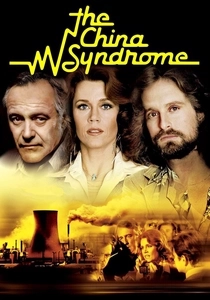
The China Syndrome (1979)
Description: A TV news reporter and her cameraman uncover a potential nuclear meltdown at a power plant, highlighting the dangers of nuclear energy and the cover-ups that can occur.
Fact: The film's release was eerily timed with the Three Mile Island nuclear accident, which occurred just 12 days after its premiere.
 Watch Now
Watch Now 
The Abyss (1989)
Description: A deep-sea drilling platform encounters an alien intelligence, leading to a potential nuclear disaster. It's a thrilling exploration of human hubris and the unknown depths of our planet.
Fact: The underwater scenes were shot in a specially constructed tank, one of the largest ever built for a film.
 Watch Now
Watch Now 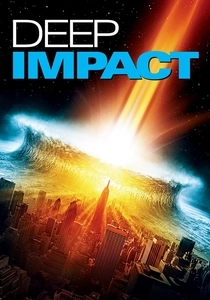
Deep Impact (1998)
Description: A comet is on a collision course with Earth, and humanity must come together to avert disaster. This film highlights the fragility of our technological defenses against cosmic threats.
Fact: The film was released in the same year as "Armageddon," leading to comparisons between the two comet disaster movies.
 Watch Now
Watch Now 
The Matrix (1999)
Description: While not a traditional tech disaster, the film explores a world where AI has enslaved humanity, creating a virtual reality to keep them docile. It's a profound look at technology's potential to control and manipulate.
Fact: The film's "bullet time" effect was revolutionary, influencing many action films that followed.
 Watch Now
Watch Now 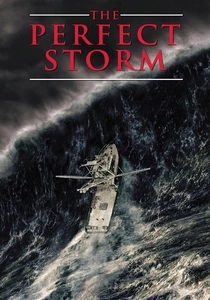
The Perfect Storm (2000)
Description: Based on a true story, this film follows a fishing boat caught in a deadly storm, showcasing the power of nature against human technology.
Fact: The film used real-life footage of storms to enhance the realism of the disaster scenes.
 Watch Now
Watch Now 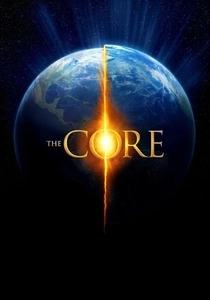
The Core (2003)
Description: When the Earth's core stops spinning, a team of scientists must drill to the center of the planet to restart it. This film showcases the potential for catastrophic failure in our understanding of Earth's mechanics.
Fact: The film's premise was inspired by the real-life concept of the Earth's magnetic field and its potential to weaken or collapse.
 Watch Now
Watch Now 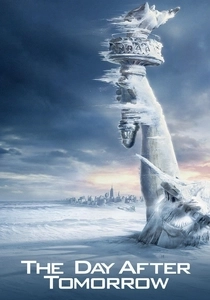
The Day After Tomorrow (2004)
Description: This film explores the catastrophic effects of global warming, where weather patterns shift dramatically, leading to a new ice age. It's a chilling reminder of how our technological advancements can backfire.
Fact: The film was inspired by the book "The Coming Global Superstorm" by Art Bell and Whitley Strieber. It was also one of the first major films to address climate change.
 Watch Now
Watch Now 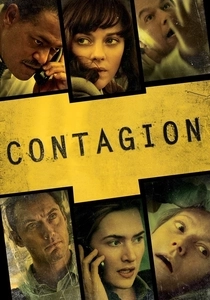
Contagion (2011)
Description: While not a traditional tech disaster, the film shows how a virus can spread rapidly due to modern travel and technology, leading to societal collapse.
Fact: The film was praised for its realistic portrayal of a global health crisis, eerily predicting aspects of the 2020 COVID-19 pandemic.
 Watch Now
Watch Now 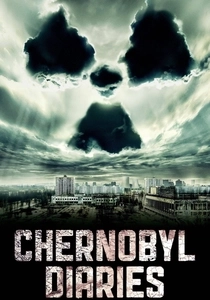
Chernobyl Diaries (2012)
Description: A group of tourists explore the abandoned city of Pripyat, only to find themselves trapped due to a nuclear disaster's lingering effects. It's a haunting look at the long-term consequences of technological failure.
Fact: The film was shot in Serbia, not in Ukraine, due to safety concerns. It was also met with criticism for its portrayal of the Chernobyl disaster.
 Watch Now
Watch Now 
Fail-Safe (1964)
Description: A technical malfunction sends American bombers to attack the Soviet Union, leading to a tense standoff. This classic film examines the potential for catastrophic errors in nuclear command systems.
Fact: The film was released in the same year as "Dr. Strangelove," offering a more serious take on the same subject.
 30 Days Free
30 Days Free 
